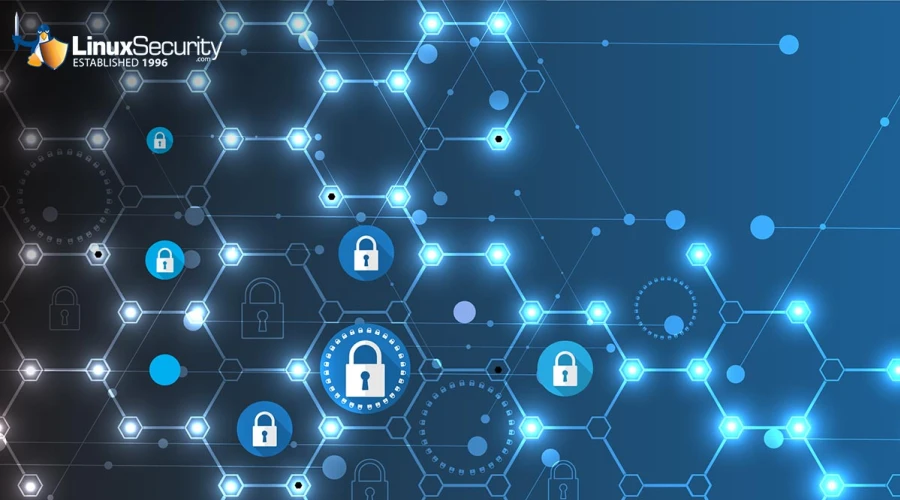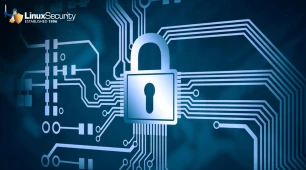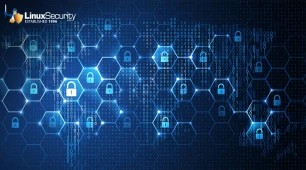
As more enterprises embrace hybrid and multi-cloud environments, we security admins face increasing difficulty protecting these landscapes. Moving into 2025, adapting to emerging threats requires a comprehensive approach to cloud security that includes AI-based behavior profiling, predictive remediation, and centralized threat investigation techniques.
These strategies will significantly decrease your attack surface while speeding up incident response times. Furthermore, focusing on identity mapping to correlate network events with cloud activities, eliminating shadow IT, conducting security risk assessments regularly, and identity mapping are all essential steps in providing robust protection.
Implementing these strategies into your security protocols strengthens your defense mechanisms and prepares your organization for future attacks. From creating an incident response plan to embedding multifactor authentication across systems, each measure contributes to creating a resilient security posture and protecting your digital assets. Let's explore these best practices so we can improve our cloud security posture and protect our Linux infrastructure heading into the new year.
Adapting to a Complex Threat Landscape
 Cloud environments represent more than an extension of existing IT systems. They are a revolutionary change in businesses' operations, offering unprecedented flexibility and scalability. However, their introduction creates new challenges, particularly in managing a vast attack surface.
Cloud environments represent more than an extension of existing IT systems. They are a revolutionary change in businesses' operations, offering unprecedented flexibility and scalability. However, their introduction creates new challenges, particularly in managing a vast attack surface.
AI-powered behavior profiling is one effective method to limit attack surface sprawling. AI-powered tools that analyze user and system behaviors in real-time allow Linux administrators to quickly identify anomalies and potential threats, automating workflows to preempt attacks before they materialize and quickly remediating breaches if successful. This approach reduces the window of vulnerability and empowers teams to focus resources on more strategic initiatives.
Harnessing AI for Predictive Remediation
Artificial Intelligence is more than a buzzword; it's a game-changer in cybersecurity. Linux security admins can benefit greatly by adopting AI/ML User and Entity Behavior Analytics (UEBA) tools as key steps toward increasing the speed and accuracy of threat detection, investigation, and response.
Predictive remediation refers to anticipating attacks before they happen by recognizing patterns or anomalies that deviate from normal, such as persistent patterns. By employing AI-powered solutions, predictive remediation provides proactive protection from threats while drastically decreasing breach risk - an invaluable asset in cloud operations environments.
Enhancing Security through Identity Mapping
 Multicloud environments make keeping track of who accesses what increasingly complex. That's where identity mapping comes in: by correlating cloud activities with specific users in your network, identity mapping helps give a clearer picture of your system's interactions and potential vulnerabilities.
Multicloud environments make keeping track of who accesses what increasingly complex. That's where identity mapping comes in: by correlating cloud activities with specific users in your network, identity mapping helps give a clearer picture of your system's interactions and potential vulnerabilities.
Identity mapping allows security teams to leverage context-rich user interactions with resources, data, and applications to gain greater insight into suspicious activities that require immediate intervention - providing enhanced visibility that aids security teams in quickly detecting suspicious activities that threaten system integrity in various cloud environments. This process also contributes greatly towards keeping Linux-based systems functioning reliably across these environments.
Investigating Threats
Investigating threats on hybrid and multi-cloud infrastructures can often feel like searching for the proverbial needle in a haystack. By employing a central platform to track potential threats, response efforts become much smoother and more efficient.
Such platforms automate workflows and offer an overview of your entire cloud architecture, enabling administrators to respond more swiftly to incidents. The faster response time allows your team to focus on preventing future threats instead of simply reacting to existing ones.
Combatting Shadow IT and Conducting Risk Assessments
 Shadow IT poses a substantial security risk in any organization. Employee-selected apps and tools, often unapproved by corporate security measures, can bypass those controls and create vulnerabilities that hackers could exploit. Therefore, performing regular cloud security risk audits or assessments is vitally important.
Shadow IT poses a substantial security risk in any organization. Employee-selected apps and tools, often unapproved by corporate security measures, can bypass those controls and create vulnerabilities that hackers could exploit. Therefore, performing regular cloud security risk audits or assessments is vitally important.
Conduct regular security assessments of your cloud environment to identify any potential weak points and address issues proactively before hackers exploit them. In conjunction with such assessments, ensure all employees understand your policies regarding software usage and security training to create robust security practices across all locations.
Developing a Comprehensive Incident Response Plan
No matter how robust your defenses may be, incidents will inevitably arise. Therefore, a comprehensive incident response plan (IRP) is imperative if your business wants to survive and thrive. A strong IRP should outline key procedures for responding to security incidents, such as roles and responsibilities, communication plans, and recovery steps.
Establish a disaster recovery policy, along with internal and external reporting protocols. Implement multifactor authentication across your systems for improved responses in case a breach arises, decreasing the chance that it spirals into something bigger. By adequately planning, breaches won't become crises so quickly.
Our Final Thoughts on Preparing for the Future of Linux Cloud Security
As cloud security threats evolve, so must Linux security administrators' strategies for combating them. Integrating cutting-edge technologies, like AI and Machine Learning, with traditional approaches such as identity mapping and risk analysis is vital to protecting Linux environments.
Staying flexible and adaptable are keys to safeguarding your systems in 2025 and beyond. By constantly evolving security protocols to address emerging threats, you can ensure your cloud environments remain secure, resilient, and prepared to face tomorrow's challenges.















